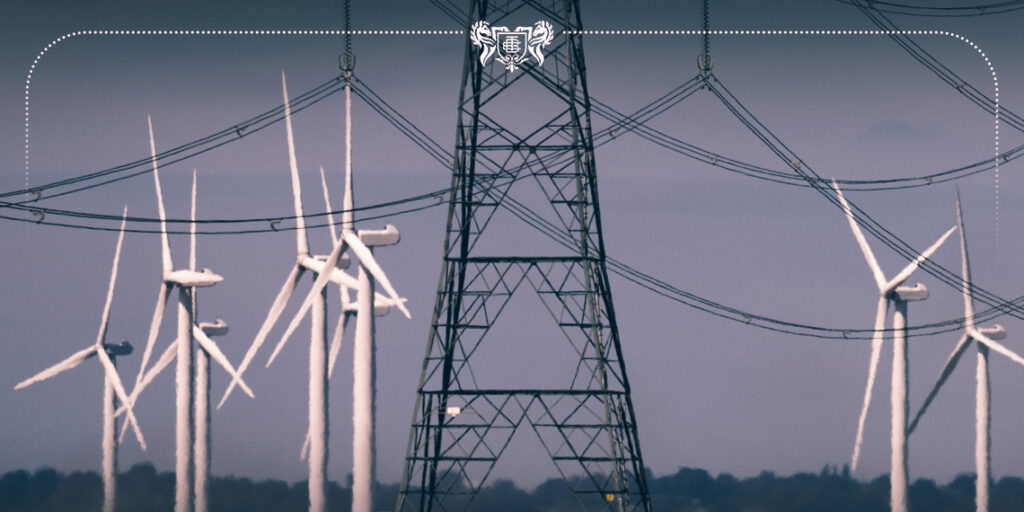The UK’s path to realising its goal of a clean power grid by 2030 is challenging, and achieving this target might not require as much offshore wind development as previously anticipated, according to the National Energy System Operator (NESO).
The roadmap to significantly reducing natural gas usage demands a substantial expansion across various renewable and low-carbon technologies.
The advice from NESO marks the initial phase of fulfilling Prime Minister Keir Starmer’s flagship election pledge to ensure a net-zero carbon power grid by 2030.
The energy operator laid out two strategies for meeting the decade’s ambitious objective, both described as “challenging, but realistic and cost-effective.”
One approach focuses on a large-scale expansion of renewable energy, primarily offshore wind, while the alternative strategy centres more on carbon capture technologies and hydrogen-fuelled power plants to cut emissions.
NESO emphasised the need for “urgent action” from industry stakeholders, regulators, and government bodies to streamline the approval process for major projects. It called for reforms to expedite planning, enabling simultaneous, full-scale deployment at maximum speed.
Prime Minister Starmer has committed to making sweeping changes to the planning system to fast-track the nation’s journey to net zero, promising to “throw everything” at the task.
Director of NESO, Fintan Slye, highlighted the importance of a clean energy backbone, stating: “A clean power system for Great Britain will deliver a backbone of homegrown energy that breaks the link between volatile international gas prices; that is secure and affordably powers our homes and buildings; that decarbonises the transport that we take to school and work; that drives the businesses of today and catalyses the innovations of the future.”
Two distinct paths were outlined by NESO for meeting the 2030 target. The first heavily relies on scaling up renewable energy, with plans to boost the UK’s offshore wind capacity to 50 gigawatts (GW), more than tripling current levels, within six years.
The second strategy opts for a lower increase in offshore wind capacity, instead prioritising the extension of existing nuclear reactor lifespans and the construction of new reactors alongside gas plants fitted with carbon capture systems.
Regardless of the chosen strategy, NESO indicated that the UK must double its onshore wind capacity from 13GW in 2023 to 27GW by 2030, and triple its solar energy capacity from 15GW to 47GW.
The plan also calls for a significant expansion of the flexible power demand market, which incentivises consumers to shift their energy use to off-peak times. This market needs to grow from 2GW last year to between 10GW and 12GW by 2030.
At present, the UK has approximately 15GW of offshore wind capacity.
Under NESO’s proposed strategies, an additional 28GW or 35GW could be developed by 2030, which still falls short of Labour’s commitment to quadruple offshore wind capacity.
Securing new offshore wind projects in the next two allocation rounds for government funding will be crucial for meeting the 2030 deadline. The government is expected to release a comprehensive clean energy plan in the coming months.


